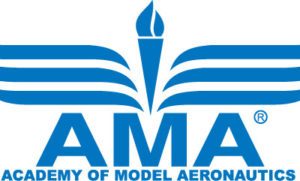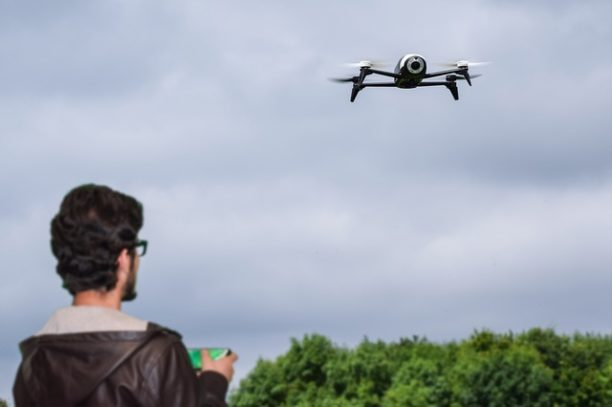
DRONELIFE spoke with Tyler Dobbs, the AMA’s Director of Government Policy, on what the new rules mean for recreational flyers – and what the AMA is doing to clarify those regulations and advocate for the recreational community.
The new guidance published by the FAA (link is to the original document) isn’t easy to understand, says Dobbs: and that’s partly because some of the regulatory structure simply doesn’t exist yet. “There’s been a lot of confusion around that guidance, both from the industry and from the recreational community,” says Dobbs. “The new regulations come from the requirements and the statutes, but some of the pieces of the statutes just aren’t in place yet.”
“This just isn’t a document that can be clearly read and understood by all flyers. It references an advisory circular that hasn’t been published yet,” Dobbs points out.
Two major points in the guidance – the requirements to meet the definition of recreational flight, and the restrictions limiting recreational flyers to designated flying fields around airports – both reference incomplete pieces of the regulatory puzzle.
The requirements to meet the definition of recreational flight are found in the federal register notice: #2 on the list states: The aircraft is operated in accordance with or within the programming of a community-based organization’s set of safety guidelines that are developed in coordination with the FAA.
“The guidance says that all recreational operations must follow part 107 if they can’t meet all 8 requirements,” says Dobbs, “but there are some things that you simply can’t meet. We’ve been working with the FAA on definitions, but there aren’t any CBO’s (community-based organizations) yet,” he says. “That just provides another term that is not clearly defined.”
Another source of major confusion is the restriction that limits recreational flight in the restricted airspace around airports to designated flying fields. The restriction is designed to be a temporary measure until the Low Altitude Authorization and Notification Capability (LAANC) can be updated to accommodate recreational users in addition to commercial drone operations:
During this interim period, you may fly in controlled airspace only at authorized fixed sites. The list of authorized fixed sites is available on the FAA’s website at www.faa.gov/uas and will be depicted on the maps on the FAA’s UAS Data Delivery System, which is available at https://udds-faa.opendata.arcgis.com. Agreements establishing fixed sites may contain additional operating limitations. If you fly at a fixed site in controlled airspace, you must adhere to the operating limitations of the agreement, which is available from the fixed site sponsor.
Most of the sites on the list are AMA sites – but many were unaware of the list and aren’t sure how to process new recreational flyers. Other AMA sites well within the range were not included on the list. The AMA is working now to clarify relationships between sites, local air traffic, and the FAA. “We’re working with all of our sites in controlled airspace to get letters of agreement with local air traffic control,” says Dobbs. “That’s going to be a long process. We’re sending 50 or so of those a day to DC for approval.”
“Even some of the sites on the list need to have letters of agreement to have a standard process,” Dobbs points out. “Section 349 requires that fixed sites need to have ‘mutually agreed upon operating procedures.'”
The new regulations have changed systems that have been in place for a long time – forcing local organizations to make changes to fix a problem that for most sites and local air traffic control systems doesn’t appear to exist. “When we’re talking about controlled airspace, of course the FAA can authorize flights in controlled airspace,” says Dobbs, acknowledging that the AMA and the FAA are on the same page when it comes to airspace safety. “But with sites that have existed for decades, there just doesn’t seem to be a reason.”
Still, say Dobbs, things are moving forward. “We are where we are, we’re working with the FAA every day – sometimes every hour – to get this done,” says Dobbs. “It’s important that the public knows that this guidance is one step in the road. Rest assured we’re working every day.”
“We want to provide education but we don’t want to tell people the wrong thing. People already have a hard time understanding where they can fly. We just need to focus on solutions and get the airspace open – we don’t want to harm the hobby any more than we already have.”
“We don’t want the next Neil Armstrong to switch over to model cars because model aircraft is too burdensome a hobby,” says Dobbs.
Miriam McNabb is the Editor-in-Chief of DRONELIFE and CEO of JobForDrones, a professional drone services marketplace, and a fascinated observer of the emerging drone industry and the regulatory environment for drones. Miriam has penned over 3,000 articles focused on the commercial drone space and is an international speaker and recognized figure in the industry. Miriam has a degree from the University of Chicago and over 20 years of experience in high tech sales and marketing for new technologies.
For drone industry consulting or writing, Email Miriam.
TWITTER:@spaldingbarker
Subscribe to DroneLife here.
